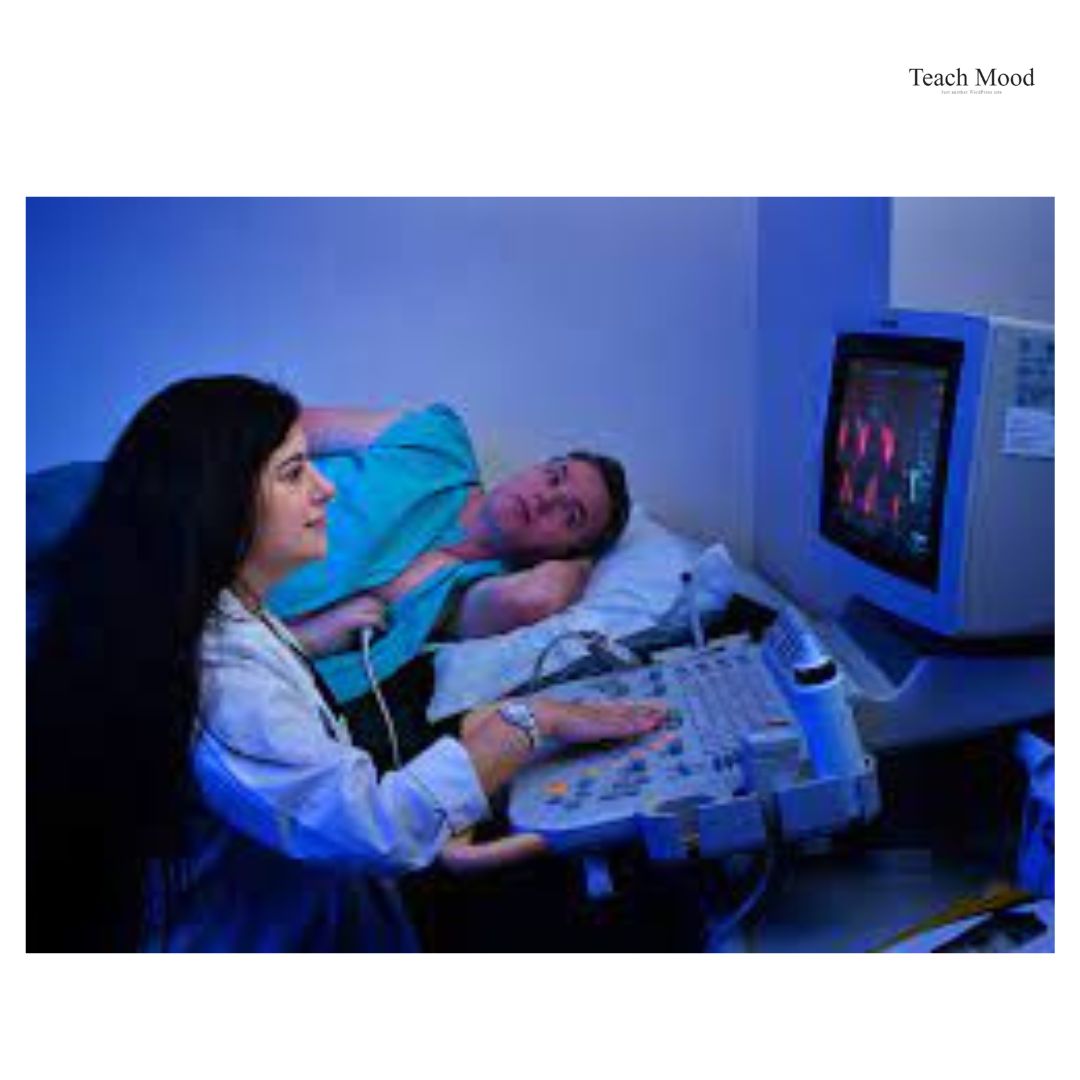An echocardiogram, often referred to as an “echo,” is a common diagnostic test used to assess the structure and function of the heart. One of the most frequently asked questions about echocardiograms is, “how long does an echocardiogram take?” In this article, we’ll explore the duration of an echocardiogram, what the procedure entails, and the significance of this non-invasive cardiac imaging test.
Echocardiogram Basics:
An echocardiogram is a medical imaging technique that uses high-frequency sound waves (ultrasound) to create real-time images of the heart. It allows healthcare providers to assess the heart’s chambers, valves, and blood flow patterns, helping diagnose and monitor various cardiac conditions.
Duration of an Echocardiogram:
The duration of an echocardiogram can vary based on several factors, including the specific type of echocardiogram being performed and the complexity of the patient’s heart condition. In general, an echocardiogram can take anywhere from 20 minutes to an hour, with most procedures falling within the 30-45 minute range.
The main types of echocardiograms and their typical durations are as follows:
Transthoracic Echocardiogram (TTE): This is the most common type of echocardiogram and is performed on the outside of the chest. It usually takes around 30-45 minutes to complete.
Transesophageal Echocardiogram (TEE): A TEE provides more detailed images of the heart and is typically used when a higher level of detail is required. This procedure is performed with a small ultrasound probe inserted into the esophagus, and it may take a bit longer, often around 45 minutes to an hour.
Stress Echocardiogram: In a stress echocardiogram, images are taken before and after exercise (or the use of medication to simulate exercise). The total duration can vary, including both the exercise or medication administration and the echocardiogram itself.
Doppler Echocardiogram: Doppler echocardiography is a specialized technique used to evaluate blood flow through the heart’s chambers and valves. The duration can range from 20 to 45 minutes.
Fetal Echocardiogram: This type of echocardiogram is used to assess the heart of a developing fetus. The duration can vary but often falls within the 30-45 minute range.
The Echocardiogram Procedure:
The echocardiogram procedure is relatively straightforward and patient-friendly. Here’s what you can generally expect:
Preparation: There is minimal preparation for a standard echocardiogram. You may be asked to remove clothing from the waist up and put on a hospital gown. You will typically be lying on an examination table.
Application of Gel: A clear, water-based gel will be applied to your chest, and a transducer (a small handheld device) will be placed on your skin. The gel helps the transducer make better contact with your skin and allows sound waves to pass more effectively.
Image Capture: The healthcare provider or cardiac sonographer will move the transducer over various areas of your chest to capture images of your heart from different angles. You may be asked to change positions, hold your breath, or take shallow breaths during the procedure to obtain the best images.
Monitoring: Throughout the procedure, your heart’s activity will be displayed on a monitor. The sonographer will be able to see the images in real-time and make adjustments as needed to capture all necessary views.
Review and Report: Once the echocardiogram is complete, the recorded images will be reviewed and interpreted by a cardiologist or healthcare provider. A report will be generated to document the findings and share them with your referring physician.


